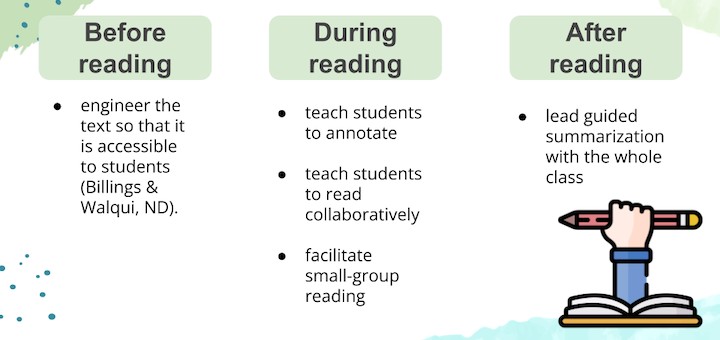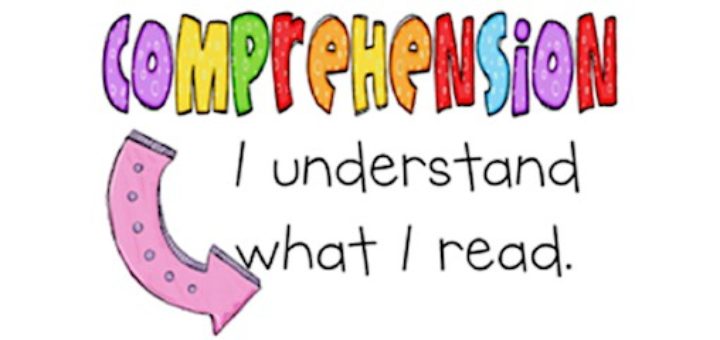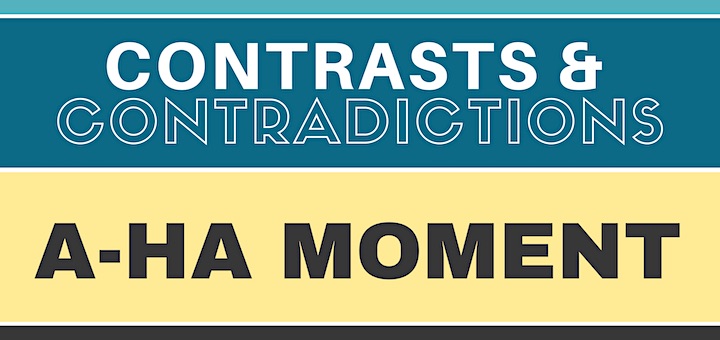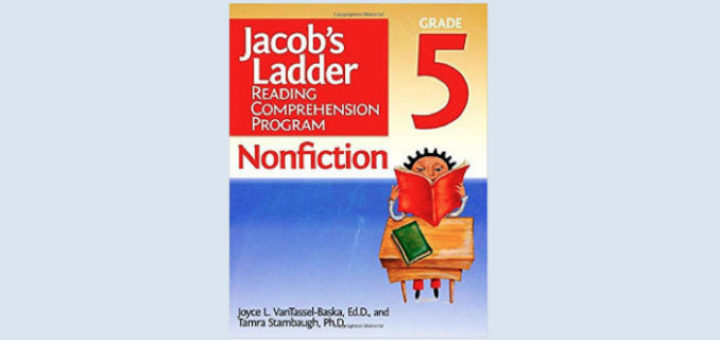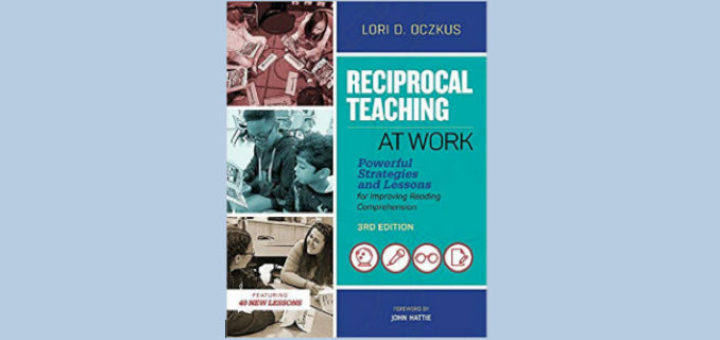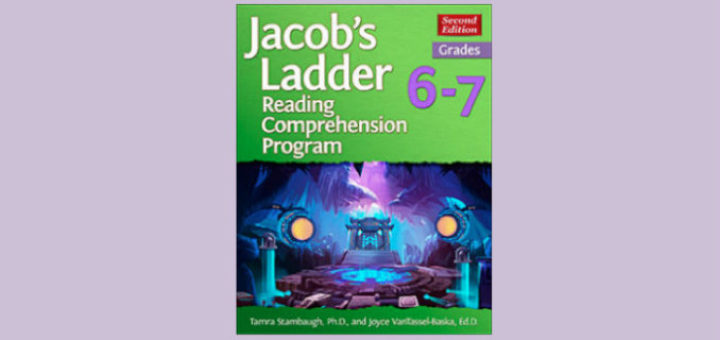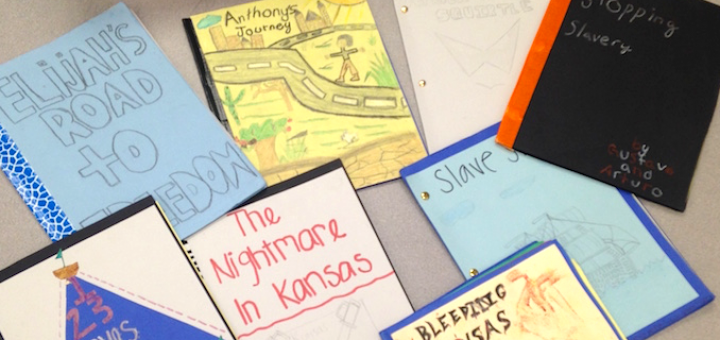Tagged: reading comprehension
The authors of Shifting the Balance (Grades 3-5) invite literacy educators in the upper elementary and early middle grades to “engage in both the headwork and the heartwork required to ensure our practices are science-aligned and student-centered.” And do it in a safe space.
To help long-term English learners meet reading comprehension challenges, language specialist Tan Huynh shares strategies to use before reading, during reading, and after reading so that multilinguals have the scaffolding they need to read grade-level texts with understanding.
Educator and author Nancy Boyles helps teachers plan for accelerating reading comprehension in post-pandemic classrooms by rethinking answer frames and strengthening instruction using more nuanced strategies that involve all students in complex tasks for complex texts.
When Rita Platt assesses students using CBMs (curriculum based measures) for literacy, she gives the one-minute Oral Reading Fluency tests a twist to make sure comprehension is also being measured. Investigate her technique and a special approach devised for English Learners.
The Notice and Note reading strategies “changed my life as an educator,” writes Brent Gilson in a post he unabashedly describes as a “love letter” to Kylene Beers and Bob Probst. You’ll understand his passion when you learn how he integrates the 6 Signposts into lessons.
With this volume of their Jacob’s Ladder program Joyce VanTassel-Baskel and Tamra Stambaugh have devised a way to garner the most impact from nonfiction mini-lessons while allowing for flexibility and choice within the texts, says educator Erin Corrigan-Smith.
Implement the elements of reciprocal teaching – predicting, questioning, clarifying, and summarizing – using Lori Oczkus’s revised book on reading comprehension. ELA teacher Erin Corrigan-Smith likes the guidance in starting the scaffolded discussion method and more.
Stambaugh and VanTassel-Baska focus on purposeful planning, finding stories to engage young readers, and discovering ways to use readings to get the most impactful writing from students while increasing their overall comprehension, says teacher Erin Corrigan-Smith.
Inner-city history teacher Aaron Brock has developed a childrens’ book project for eighth graders, many of whom struggle with academic literacy. He details how his step-by-step approach addresses important skills and serves as a synthesis and assessment tool.
Karen Bromley guides educators to “The Next Step in Vocabulary Instruction” by uncovering the “why” of teaching vocabulary and its role in comprehension and fluency. Reviewer Linda Biondi highly recommends the book’s extensive strategies and activities.


